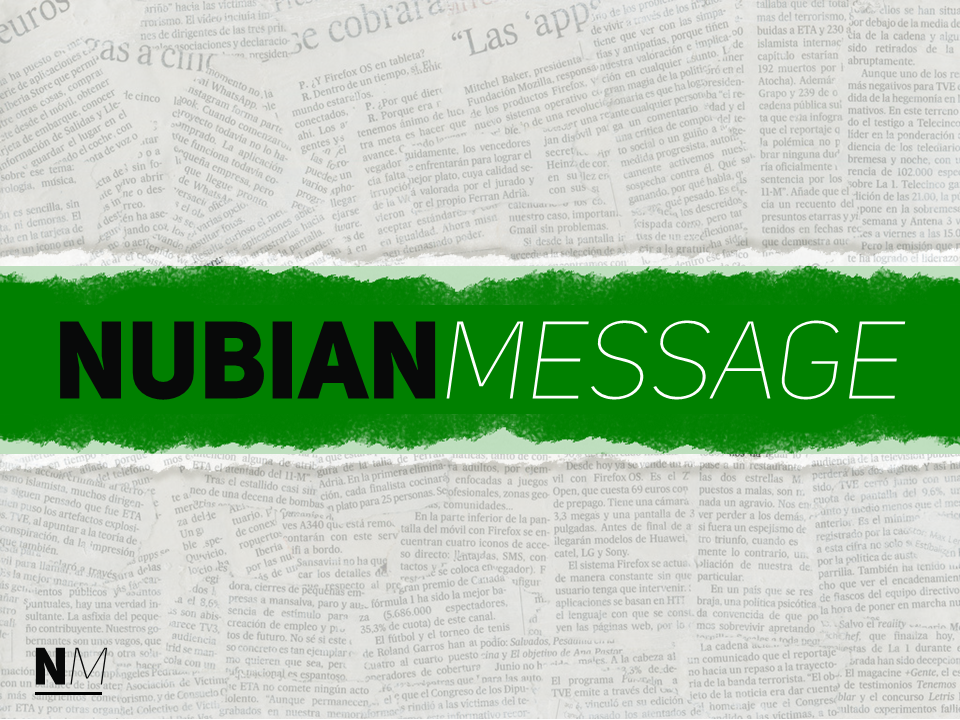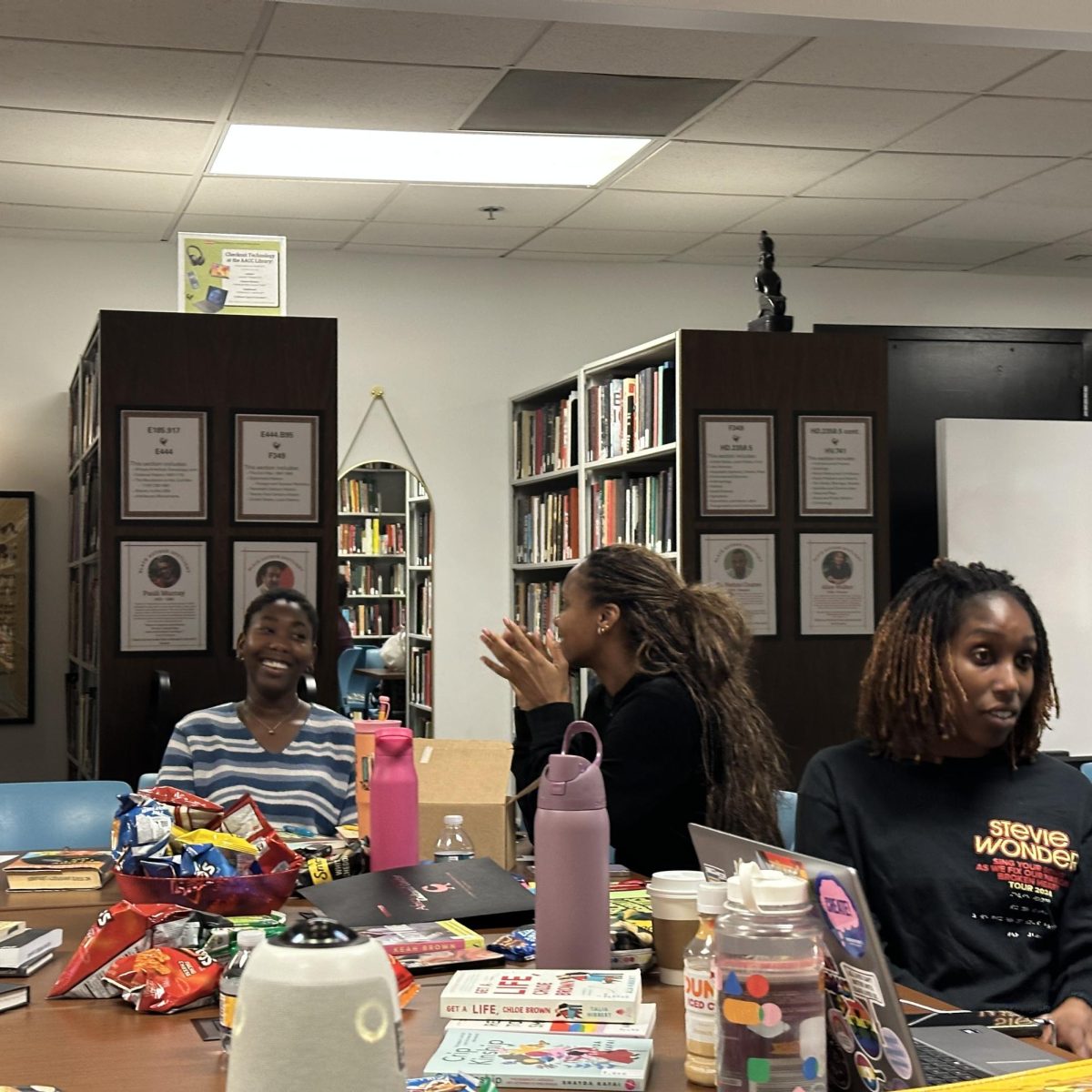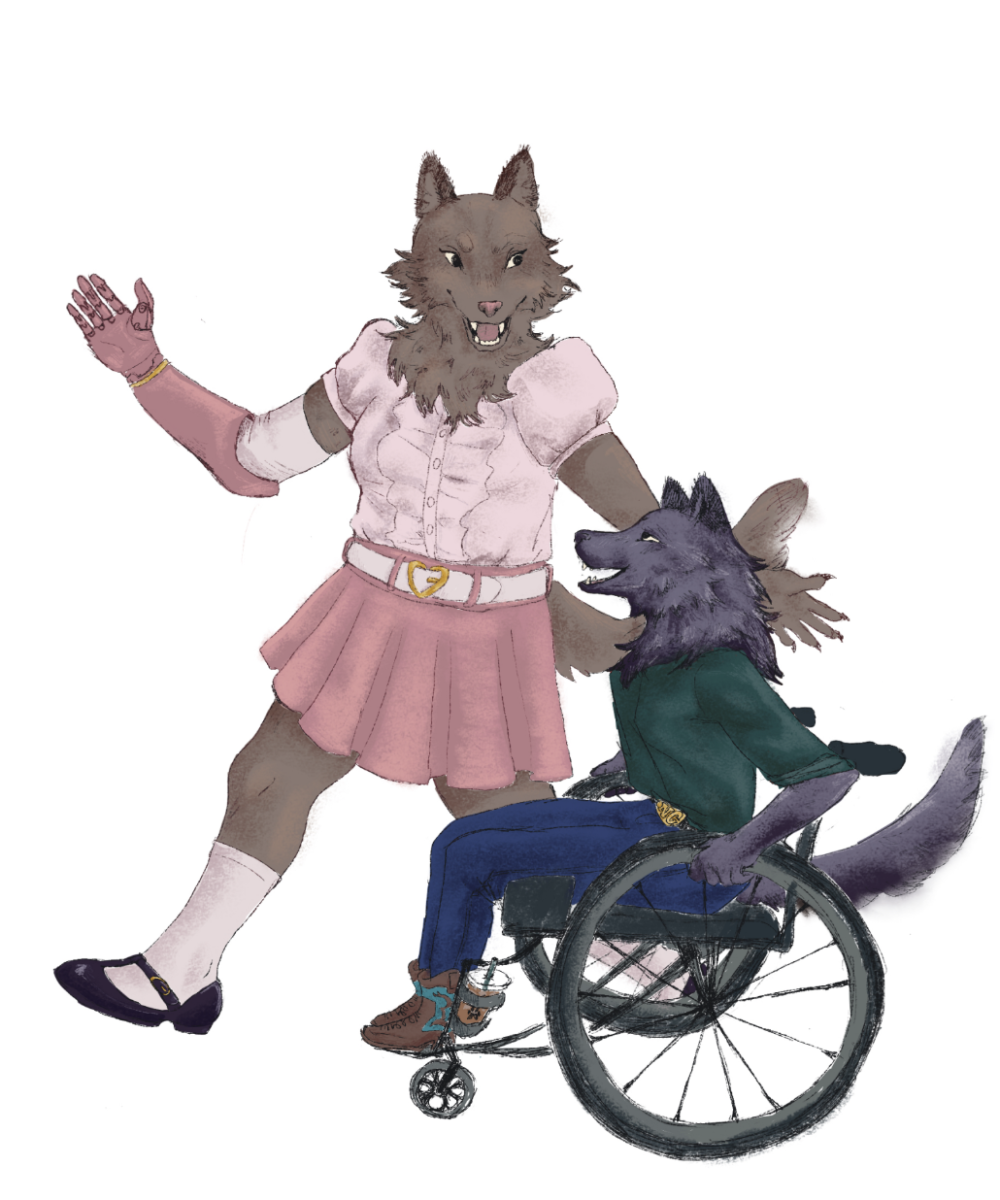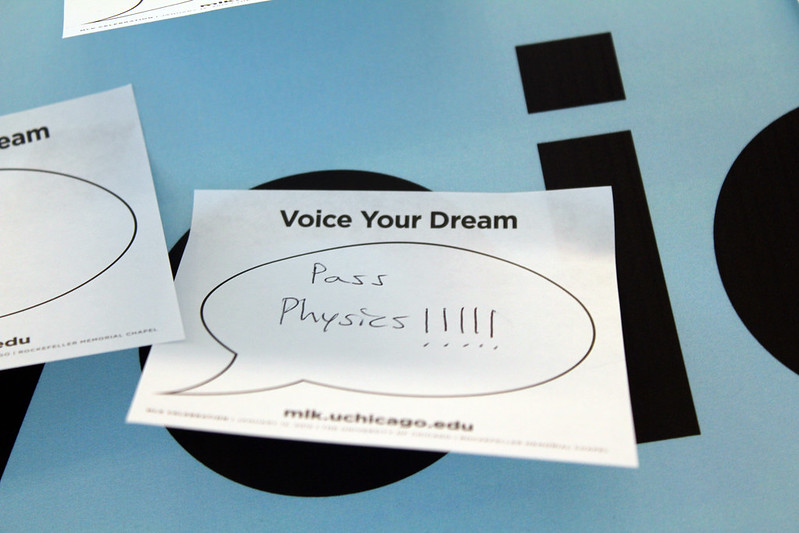There were several events that led up to the conception of Nubian Message.
Before we proceed, I want to pay homage to the Black publications that came before us:
The first was the Minority Affairs Adhoc (MAA) Newsletter in 1980. MAA was designed to address the needs of the African-American community on campus. Next came The Peer Mentor Newsletter. This newsletter was created to provide outreach to students who were dedicated to assisting first-year African-American students to adjust to life on a predominately white campus. In the late 80s/early 90s, four Society of African American Culture (SAAC) members took on the challenge of joining the Technician staff to write about issues prevalent to the African American community on campus. Lastly, Erudition In Black was created to serve as a medium of information within the African American community. These publications ceased to exist for various reasons.
Here is a condensed timeline:
When the African American Cultural Center (AACC) opened its doors in Jan. 1991, it was met with several complaints. On Feb. 8, 1992, Nathan Gay published a column in Technician asking “Why are three floors of the Student Center Annex allocated for an African American Cultural Center (AACC) when there is nothing of equal space for other races represented on campus? Isn’t there enough ‘hanging out’ space on this campus? And why is this huge room granted just for one race? Why can’t I ‘hang out’ there, too?”
On Feb. 24, 1992, UNC-Chapel Hill students came together to advocate for several issues: the creation of a free-standing Black Cultural Center, the improvement of pay and working conditions for housekeeping staff on campus and an endowed faculty position. Several campus organizations such as Black Student Movement and Campus Y issued these demands to the Chancellor at the time, Paul Hardin. Black students from NC State joined the UNC-Chapel Hill students in their protest.
On Mar. 17, 1992, Chancellor Hardin responded to the demands, expressing “sympathy” but not willing to meet any of the demands. Chancellor Hardin refused the creation of the cultural center in fear of “promoting segregation and separatism” saying “I do not agree with those of you who advocate for a free-standing Center.”
Following this, there were a series of protests and demonstrations. These actions received national media attention and ignited conversations regarding race and separatism on several campuses, including NC State.
On Sept. 22, 1992, several Black students at NCSU expressed their feelings regarding the management (or the lack thereof) of the AACC at a Student Government Forum. The students expressed their feelings saying “Your plans aren’t our plans for a cultural center.”
Another student talked about the failed promise of a free-standing cultural center, “Five years ago, the students were told they would get a free-standing structure. But we got a Student Center Annex instead.” The administration denied this, claiming that there was never a promise of a free-standing cultural center.
On Sept. 23, 1992, Technician published an opinion column by Steve Crisp entitled “Blatant Racism Behind BAC Rally.” In this column, Crisp referred to the members of the Black Awareness Council (BAC) (Black students at UNC-Chapel Hill who were protesting for a free-standing cultural center) as “Ku Klux Blacks.” Crisp detailed his article with the use of several racial slurs and racial euphemisms, asserting that “that [the BAC’s] views of Black people being systematically disadvantaged in society and throughout history are ‘bullsh*t!’”
In this same issue, Technician writer Jeff Rom called the BAC “a bunch of terrorists.” Rom continued to say that their goal to create an African American Cultural Center segregated cultural groups, saying “a cultural center only emphasizes that we are different.”
On Sept. 25, 1992, about 200 students gathered in the Brickyard to burn Technician newspapers in response to the two racially-biased articles. The protest was led by Greg Washington and Chris Smith. The leaders gave a statement at the protest saying “The purpose of this protest is to make a general statement about the racist articles that have appeared in the Technician. . . These articles in Technician are nothing new. They are a part of an ongoing problem.”
The two then continued to advocate for the need for a Black newspaper on NC State’s campus saying “We need a Black paper on this campus that will give coverage to give a Black perspective.”
On Sept. 28, 1992, Tony Williamson, the soon-to-be Founder of Nubian Message, wrote to the Technician responding to the racist articles. In Williamson’s response, he talks about the need for a cultural center saying “An African American cultural center is a place where Blacks can showcase the achievements of their ancestors. It is a place where both Blacks and non-blacks can learn things about African heritage other than the negative images constantly portrayed by the media. Such a place ultimately helps to build the pride and self-esteem of African Americans.”
Williamson continues to say that the articles comparing the BAC to Ku Klux Klan was not only an insult to the BAC but to Black people as a whole. “At no point in history has the BAC, National Association for the Advancement of Colored People, Black Panthers Party or other Black activist organization practiced the unjust, terrorist acts that have become synonymous with the KKK.”
Nov. 30, 1992, marked the first publication of Nubian Message. The first issue was printed with the support and equipment of North Carolina Central University.
In the first issue, Williamson writes a letter to the population addressing the “confusion” about why NC State needed (and still needs) a Black newspaper. “Despite the enthusiasm most of us have regarding the newspaper, there are many people, all different racial groups, who either do not understand the purpose of the newspaper, or are simply totally against it. Realizing that we can’t please everyone (nor will we ever attempt to), I hope that I can reach some of these people by explaining briefly the reasons for creating and the purposes of ‘“The Nubian Message.”’
He then continues to explain the motivations behind the conception of Nubian Message:
“As many people know, African American students across the country have been speaking out against what we feel to be unfair conditions on our campuses. At N.C. State, one of our main concerns has been unfair and unjust media coverage of the African American community on this campus. As hard as we have tried, our cries for justice have not been heard and our proposed solutions to our media problems have not been accepted thus far. Rather than sit around and wait for some fair coverage by that other paper on campus, The Nubian Message has been created to represent the African American community at NCSU totally, truthfully, and faithfully. In doing so, we shall cover every aspect of African-American life at NCSU.”
30 years later, Black students across the country continue to speak out against what we feel to be unfair conditions. Throughout all of this, Nubian Message has served as a medium to represent the Black community at NCSU. Within the past few years, we have released letters to the Chancellor, the Black Student Coalition’s petitions, letters regarding COVID concerns, covered various protests in Raleigh, and so much more.
This publication was founded as an avenue to uplift the voices and concerns of the unheard, underrepresented, marginalized communities and continues to be so. “Finally, it is important that everyone realize that this newspaper is not a racist publication. We are not seeking superiority, nor segregation; all we want is an equal voice on this campus and with The Nubian Message, the door is open for us to have that voice.”
It was not until Mar. 7, 1994, that NC State Student Media accepted Nubian Message. This acceptance meant that the paper would be recognized as a permanent member of Student Media as well as receiving full funding and advisory support.
On Mar. 12, 1994, a few months prior to his graduation, Tony Williamson unexpectedly passed away. The Mar. 24, 1994 issue of Nubian Message was filled with messages, poems, and stories commemorating the life of our Founder.
Williamson envisioned Nubian Message being “the media voice for African – Americans at N.C. State. It will be a publication in which people can learn about different aspects of our culture, as well as find useful information about State’s campus.” Every day we strive to fulfill his vision and uplift his great legacy.







